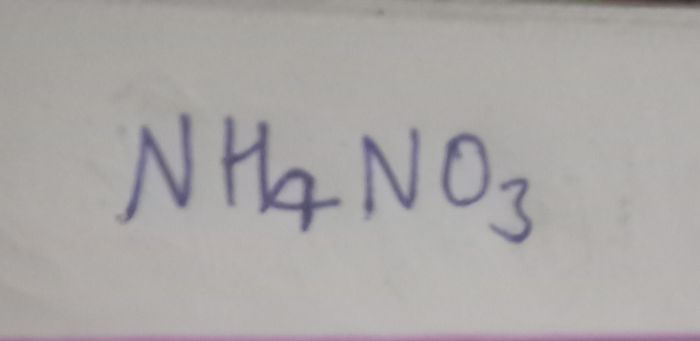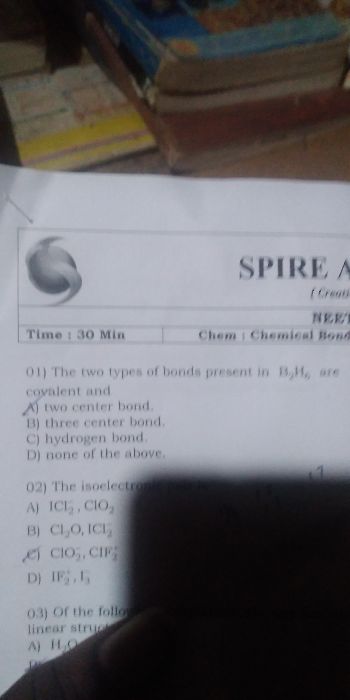CBSE Class 12-science Answered
It is the reluctance of s-electrons of the valence shell to participate in bonding
s electrons are not able to participate because of strong hold of nucleus due to high penetration effect of s electrons or poor shielding effect of electrons
The inert pair effect explains why common ions of Pb are Pb4+ and Pb2+, and not just Pb4+ as we might expect from the octet rule.
Screening effect :
The shielding effect describes the balance between the pull of electrons on valence electrons and the repulsion forces from inner electrons.
The shielding effect explains why valence shell electrons are more easily removed from the atom. The effect also explains atomic size. The more shielding, the further the valence shell can spread out and the bigger atoms will be.
The effective nuclear charge is the net positive charge experienced by valence electrons. It can be approximated by the equation: Zeff = Z S
Where Z = Atomic number and S = Number of shielding electrons










